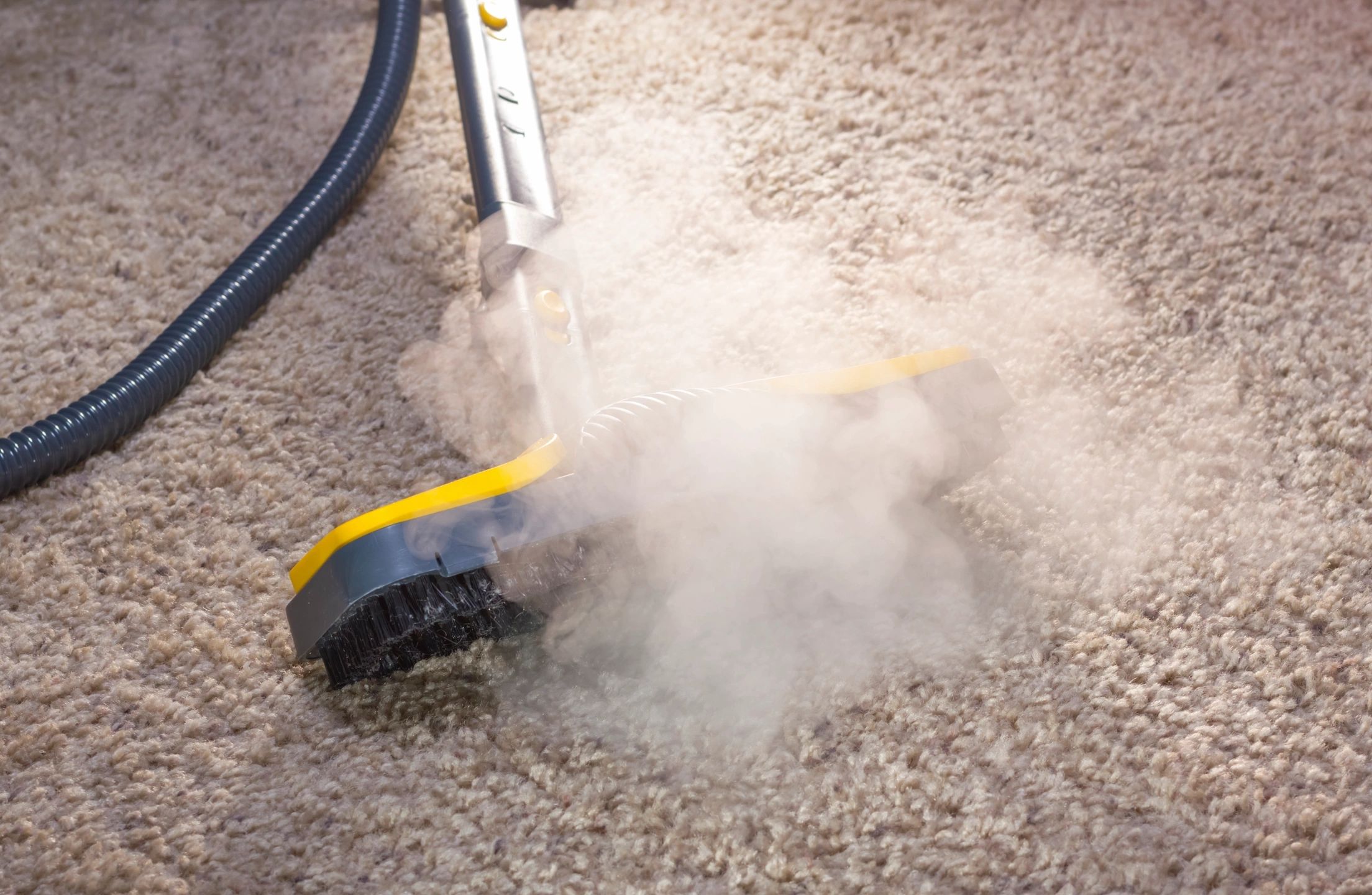Sanitize and Disinfect: Is There Any Difference?

These days, we often hear these words – sanitize and disinfect. They are terms associated with deep cleaning. Before they are only heard of when referring to hospitals or laboratories. But very recently, as the world is battling an unseen enemy of a pandemic, they have become some sort of a buzzword along with quarantine and lockdown. Homes, offices and other establishments were also asked to do the same – sanitize and disinfect.
We use these two terms interchangeably. Do they mean the same thing? Or, are they two very different terms? To answer that, let us take a look at what each term means.
What does Sanitize mean?
We do know that sanitize means to make something clean. But, disinfecting means the same thing too. So, what does sanitize mean, really?
According to Centers for Disease Control and Prevention or CDC, sanitize or sanitizing is to “lower the number of germs on surfaces or objects to a safe level, as judged by public health standards or requirements.” When sanitizing, not all germs, bacteria or viruses are eliminated.
Have you ever wondered why we have hand sanitizers? Ideally, what is encouraged is frequent hand washing with soap and water. However, sometimes, if not often, you may not have easy access to soap and water. Thus, it is recommended to use sanitizers with at least 60% alcohol. You see, sanitizers are used to ensure that your hands do not lose moisture and end up getting dry.
When and what do you sanitize?
What comes along with the confusion between sanitizing or disinfecting are the questions, when and what. In sanitizing, we clean those that do not normally get exposed to very dangerous bacteria or viruses. These can be our eating utensils, kids’ toys, cooking wares and the like.
Remember, you are using chemicals or cleaning agents when we sanitize or disinfect. Hence, we sanitize when we do not want our things to be treated with strong chemicals that may be harmful to us when we come in contact with them.
What does Disinfect mean?
When we disinfect, we use powerful chemicals and compounds to eliminate all germs, bacteria, and viruses. From the word itself we can gather that it comes after something gets infected or contaminated. There was already an exposure to infectious viruses or bacteria. You would think though that this would be more fitting for hospitals or laboratories that get exposed to bacteria and viruses. But, this could be something that you might need to do at home.
Let’s take the scenario of having a sick member of the family staying at home all day to get rested. Whatever that person use like utensils, clothes, bed sheets and others, are already exposed to whatever virus he is carrying. Also, as he goes from room to room, you would be expecting contamination. For every knob, handle, and other surfaces that an infected person hold can be treated as contaminated and thus need to be disinfected. In this scene, a disinfection is required to keep everyone at home safe and healthy.
Chemicals and solutions used in sanitizing and disinfecting
What could be another differing point between sanitizing and disinfecting is the type of chemicals or solutions being used to do each.
When sanitizing, you can use sanitizers with at least 60% alcohol as mentioned before. These are available over-the-counter. But, if you can’t find any, a simple bleach and water solution at a ratio of 1 tablespoon to 1 gallon, respectively, will do.
To disinfect, you would need a more powerful solution than what you use when sanitizing. There are disinfectants that are available in your local grocery stores. To create a more effective solution, you have to follow the instructions on the label. When using bleach, the concentration should be higher than what you use to sanitize.
The key here is on the concentration of the solution.
Best Practices when Sanitizing and Disinfecting
Keep in mind that you would be dealing with chemicals and other compounds when sanitizing and disinfecting. You would need to exercise extreme caution in handling these chemicals.
The very first step would be a preventive measure. You have to try to contain the exposure to bacteria or viruses at the minimum or if possible, zero. If one is very sick, you have to isolate that person in a separate room with his very own utensils to use and his own bathroom. In doing this, you will be able to contain the exposure within that room only.
To prep the area for sanitizing or disinfecting, you have to wipe them down first with a soap and water solution to remove or clean the dirt and dust that are visible to the eyes. Then after, go at it with a sanitizer or disinfectant.
Also, when handling chemicals and other disinfectant solutions, you have to be very careful. First things first, wear gloves. For disinfecting wipes, be sure not to use them on your hands as these are very powerful and Also, be sure to make the solution in a well-ventilated area.
Know when and what to do
A thorough understanding on the difference between sanitizing and disinfecting will help you out in deciding which cleaning products to use and how to clean whatever stuff that needs cleaning.
And, at a time of a global pandemic, you would want to be certain about your family’s health. You can check out health advisories that CDC issues every now and then so you will be updated on the latest developments and useful health tips.
